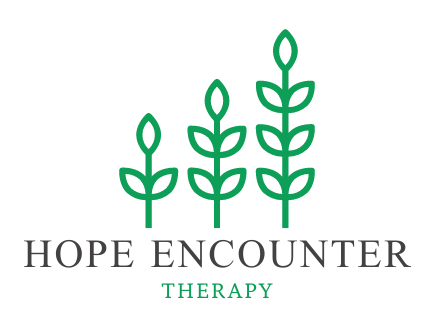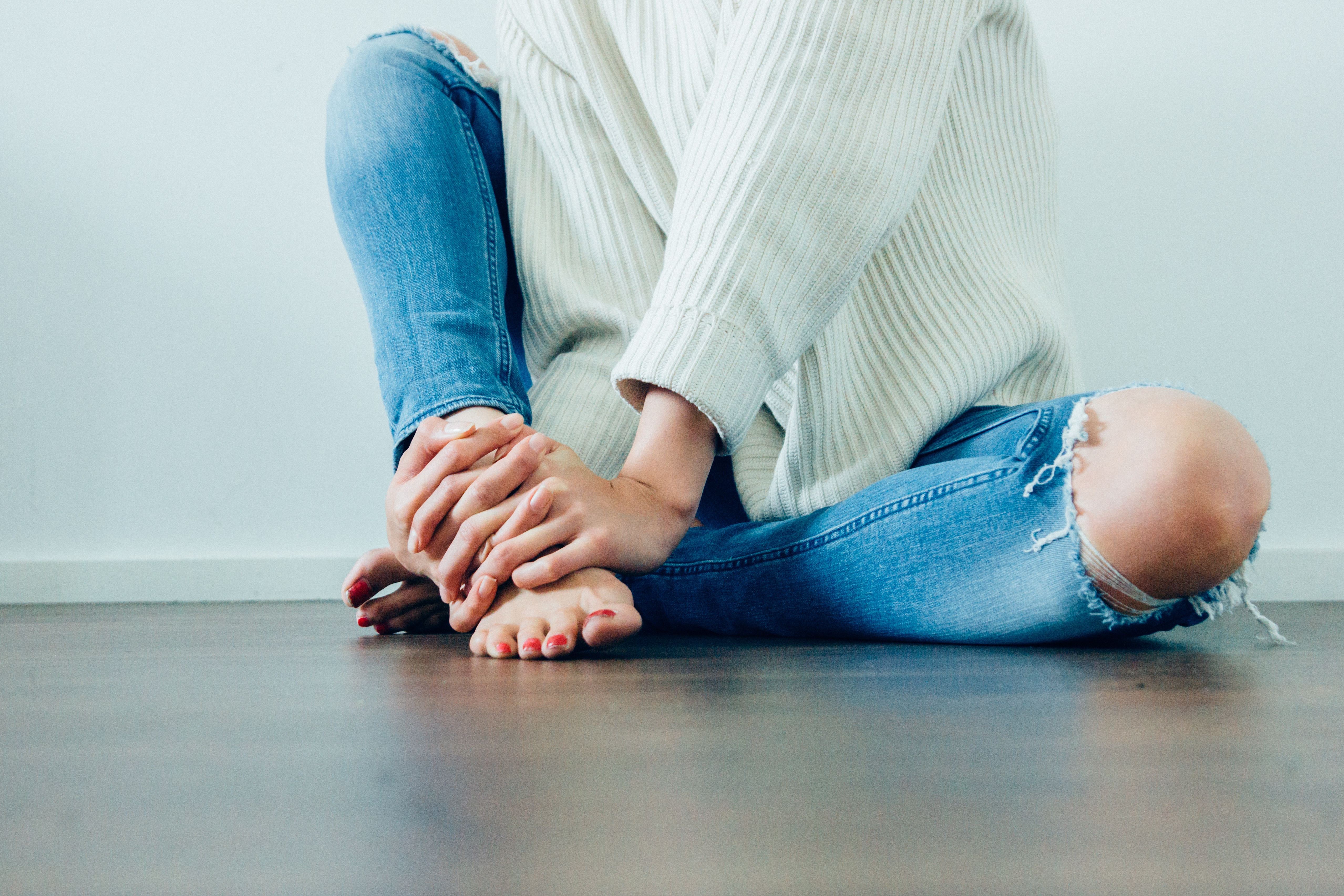Trauma memory resides in the body. Our bodies act like the event is still happening even though it is in the past. Because the trauma is “stuck” in the body there are a host of physical symptoms and implications for harm that occur.
Dr. Peter Levine, a leading trauma expert, discusses throughout his work the difference between animal and human response to life-threatening events. In the animal kingdom when such an event occurs animals “shake off” the initial fight, flight, freeze response; releasing the energy and returning to normal internal balance. Human societal norms tell us to internalize or hide our response—we are not given an outlet to release the emotional energy, thus, becoming “stuck” in the trauma. Storing in our bodies the tremendous energy generated by the instinct to survive.
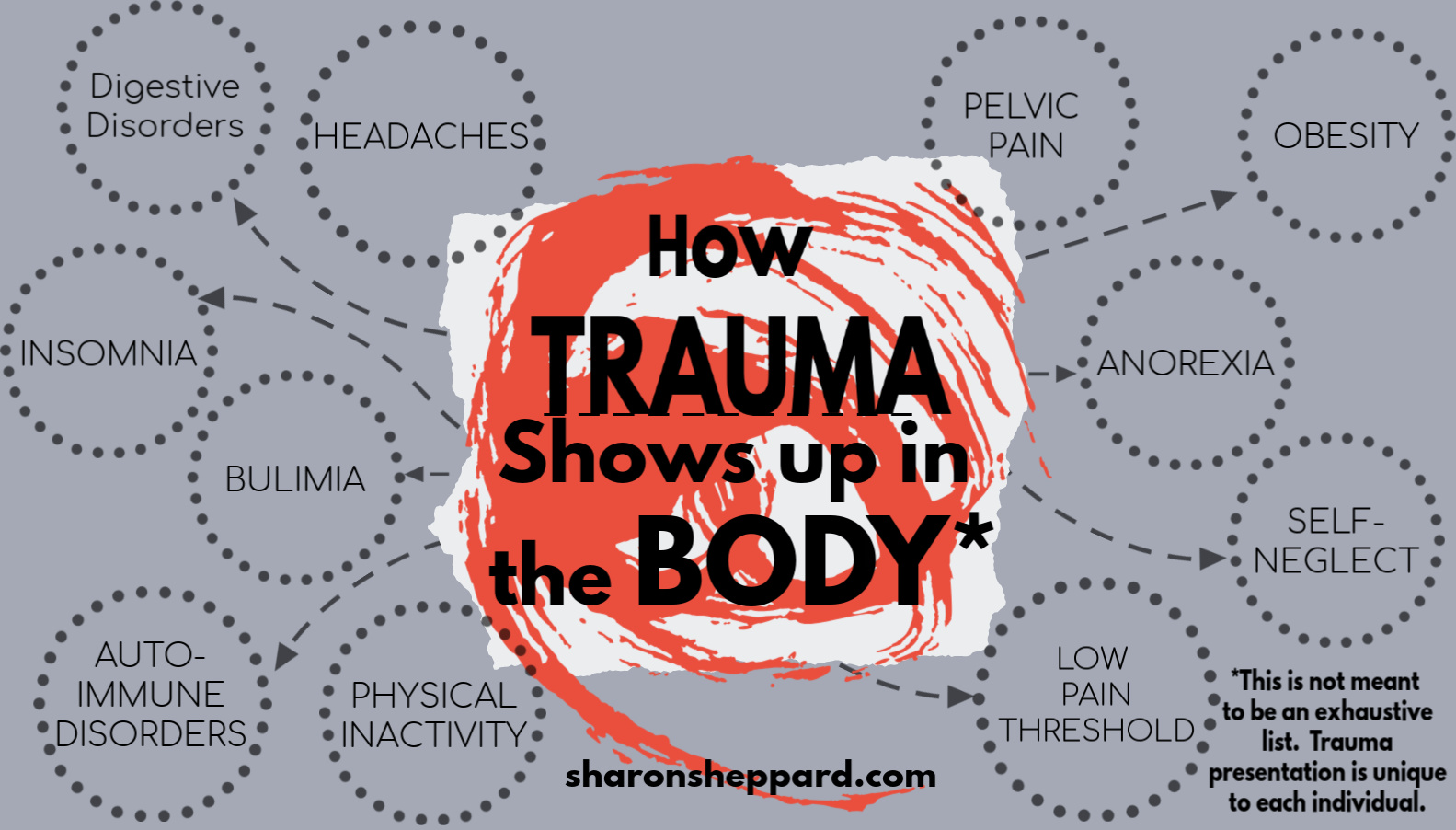
Four years ago my brother died. Forty-six and my only sibling. Lifelong friend and confidante. He and I charged with carrying on our family culture. Laughing at jokes only we found funny. Sharing the joy and burden of caring for aging parents. When he died after a five-month battle with melanoma, grief consumed me. But, as the sister, not the wife, father, son—far down the list of those designated as grievers, I internalized my grief. Past shame messages reminded me that my grief was not as important as others. I was not important.
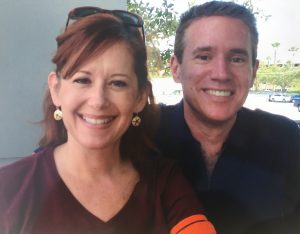
Returning to my life and therapy practice, I packed up grief and put it in storage. What better way to purge myself of pain than to help others heal from theirs?
My husband was the first to notice my physical changes. From one migraine every couple of weeks to two or three per week, joint pain and muscle aches. Increasing occasional ibuprofen use from twice per week to every day. So disconnected from my feelings, I attributed my pain to a virus, vigorous work in the garden, stress at work. Grief demanding an audience was speaking through my body. Trauma will not be ignored. We may bury it, pack it up, ignore it but it will not be denied.
Processing of my childhood sexual abuse trauma occurred many years earlier and still, when facing a new trauma—the loss of my brother, default mode kicked in. Returning to the lying shame messages. You are not worthy of attention. You are not even worthy of grief.
Fortunately, within weeks, I connected the physical pain to the emotional pain and found a therapist to help me process the trauma. Migraines subsided. Aches lessened. With the release of emotional pain, in the presence of an empathetic listener, physical pain quietly slipped away. The whistleblower appeased by action taken to discharge internal pain. Weeks, not years, of impact to my body.
Though there is no protection from life’s challenges—from the potential for new trauma or triggering of past trauma, there are ways to be more in touch with our bodies and recognize the early warning signs of potential harm. For years I practiced yoga, exercised, ate well, journaled and stayed connected with friends but at this point in life, I was doing none of those things. Abandoning all in the pursuit of helping others I abandoned my own well-being.
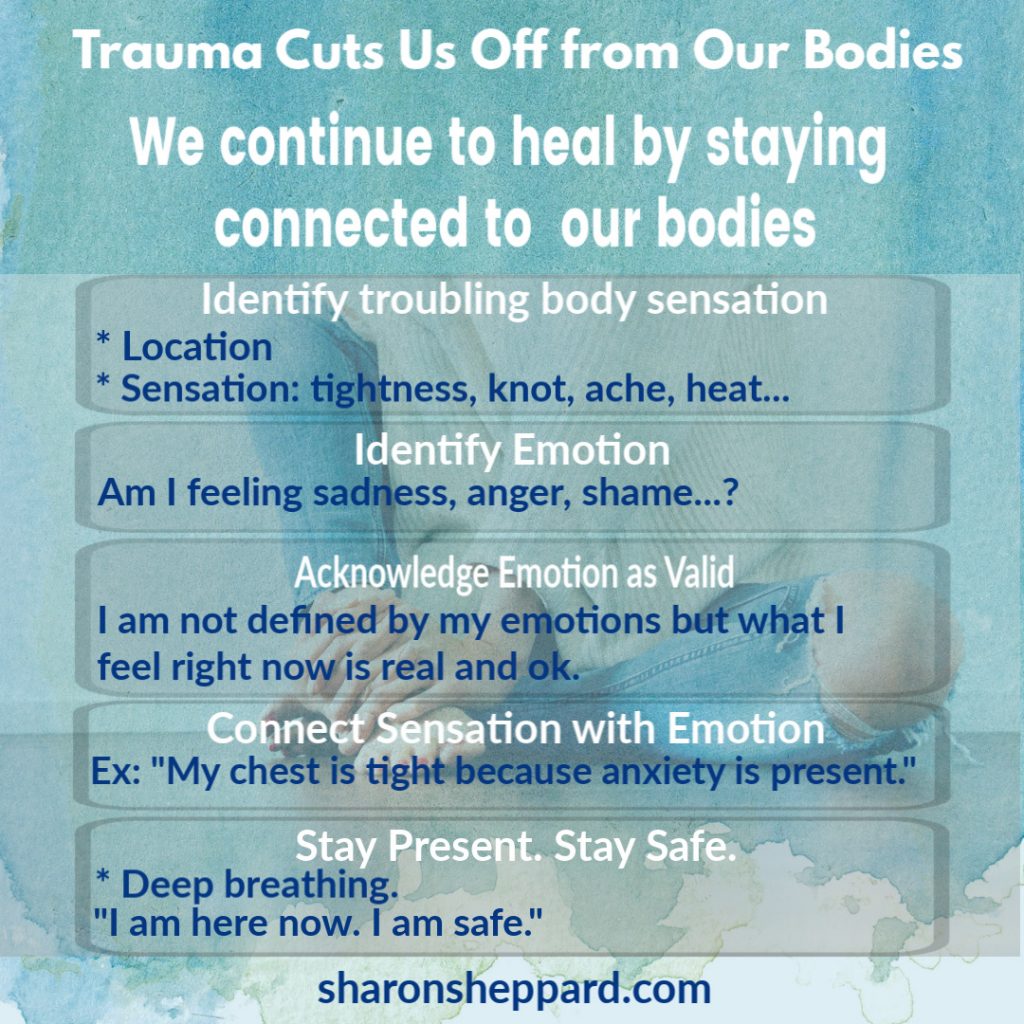
As trauma survivors, our default mode to disconnect emotions from body is mitigated with trauma therapy. However, old patterns of behavior created to survive trauma impact can slowly creep back in, highlighting the importance of ongoing body-awareness and self-care.
May this community of women provide you support as you continue your journey to wholeness and healing; supporting awareness and developing tools to stay connected, body, thoughts and emotions.
